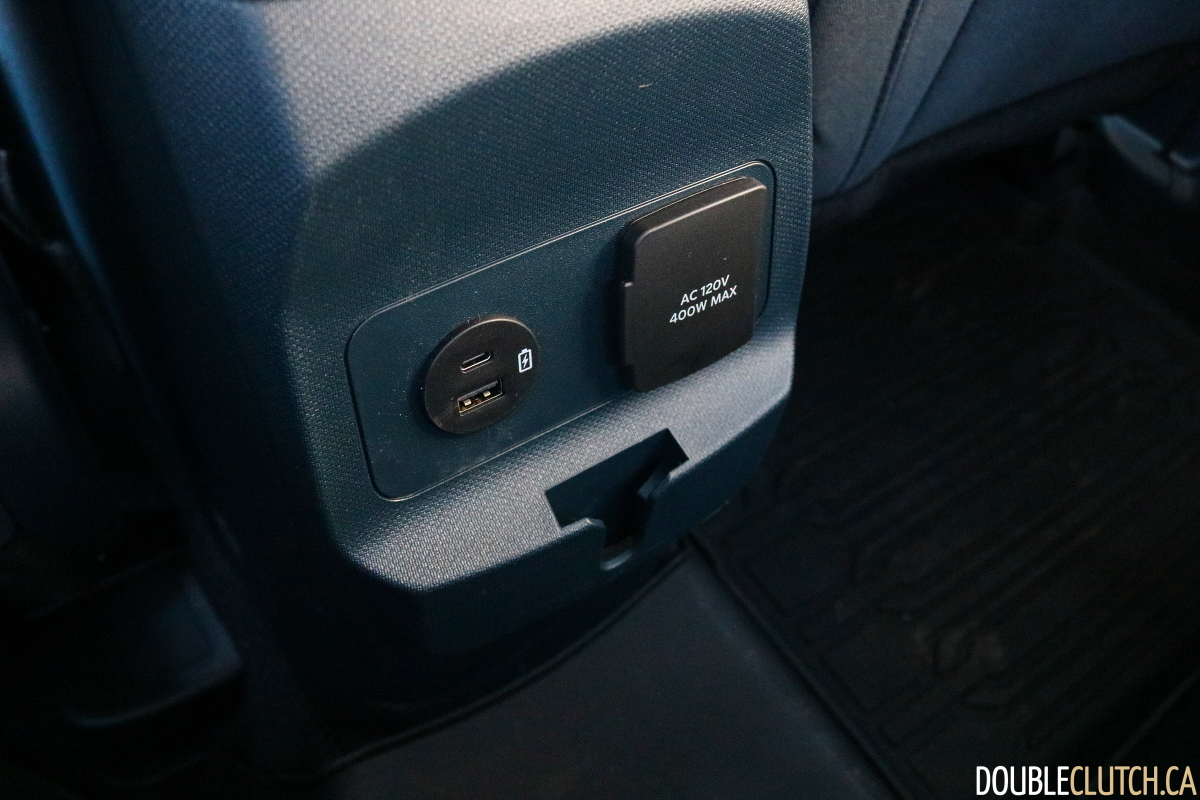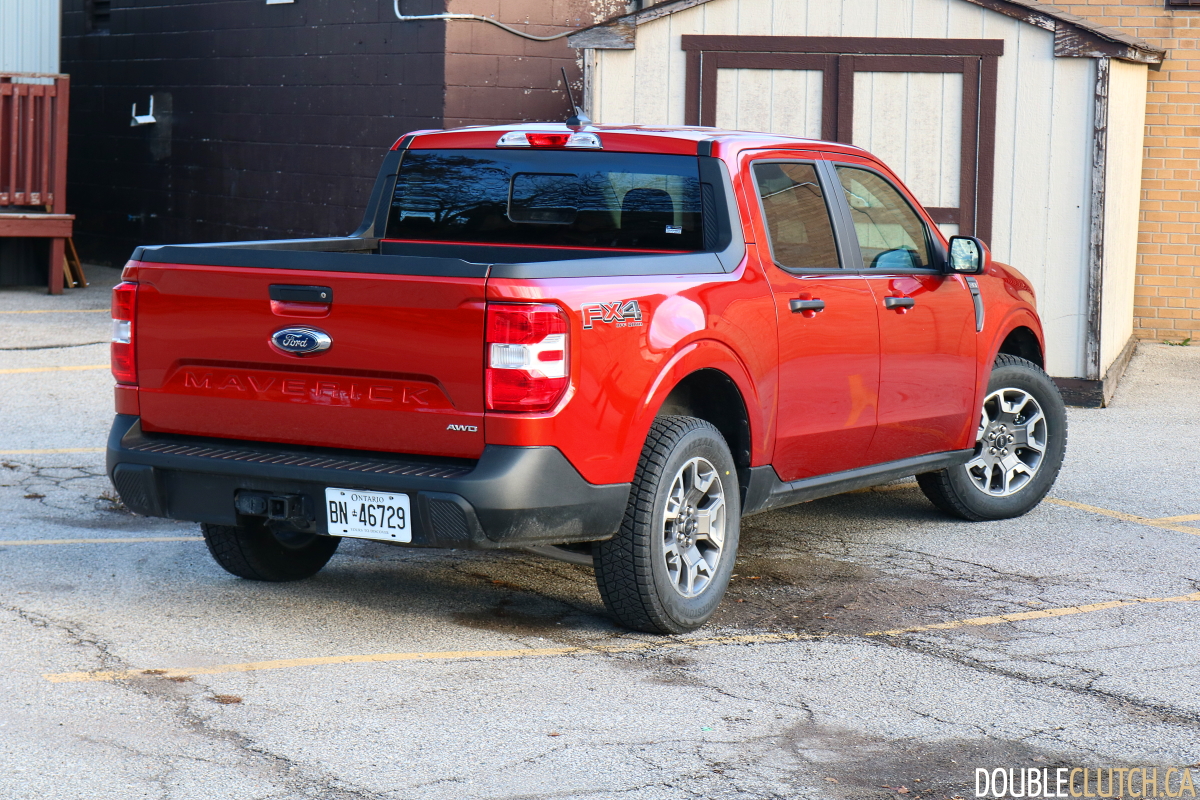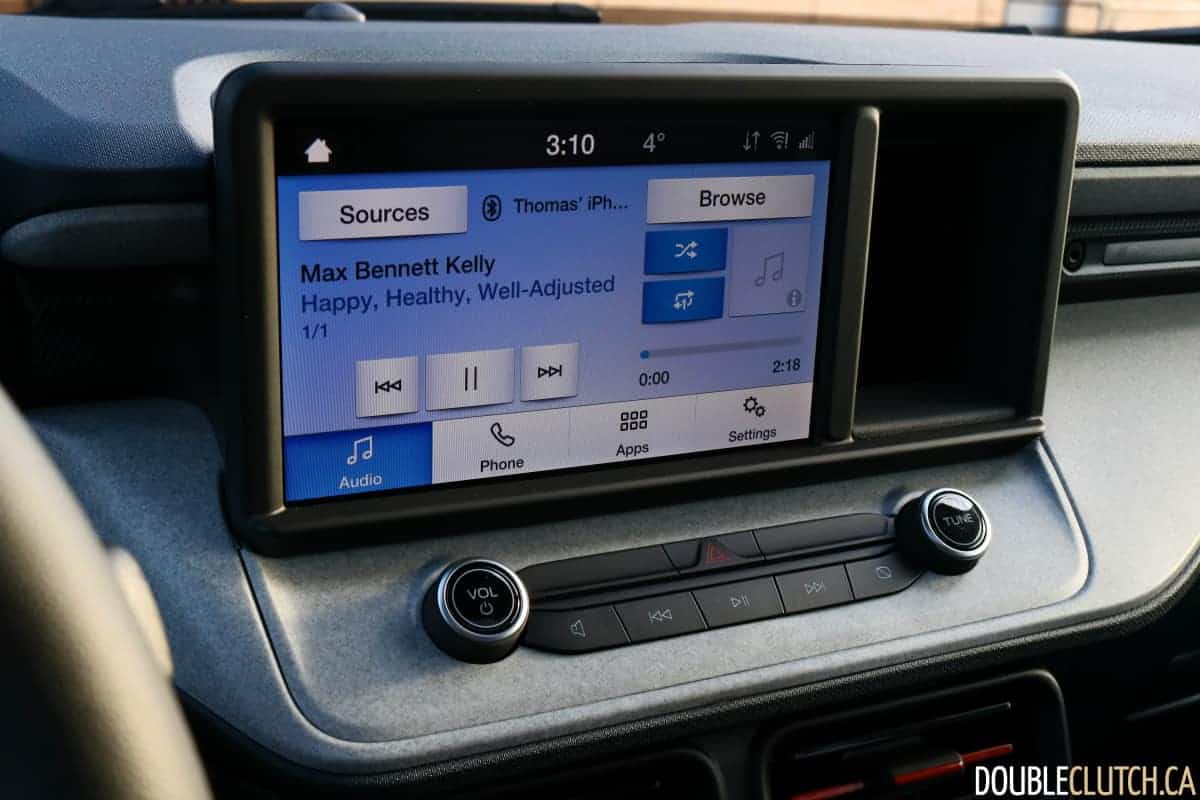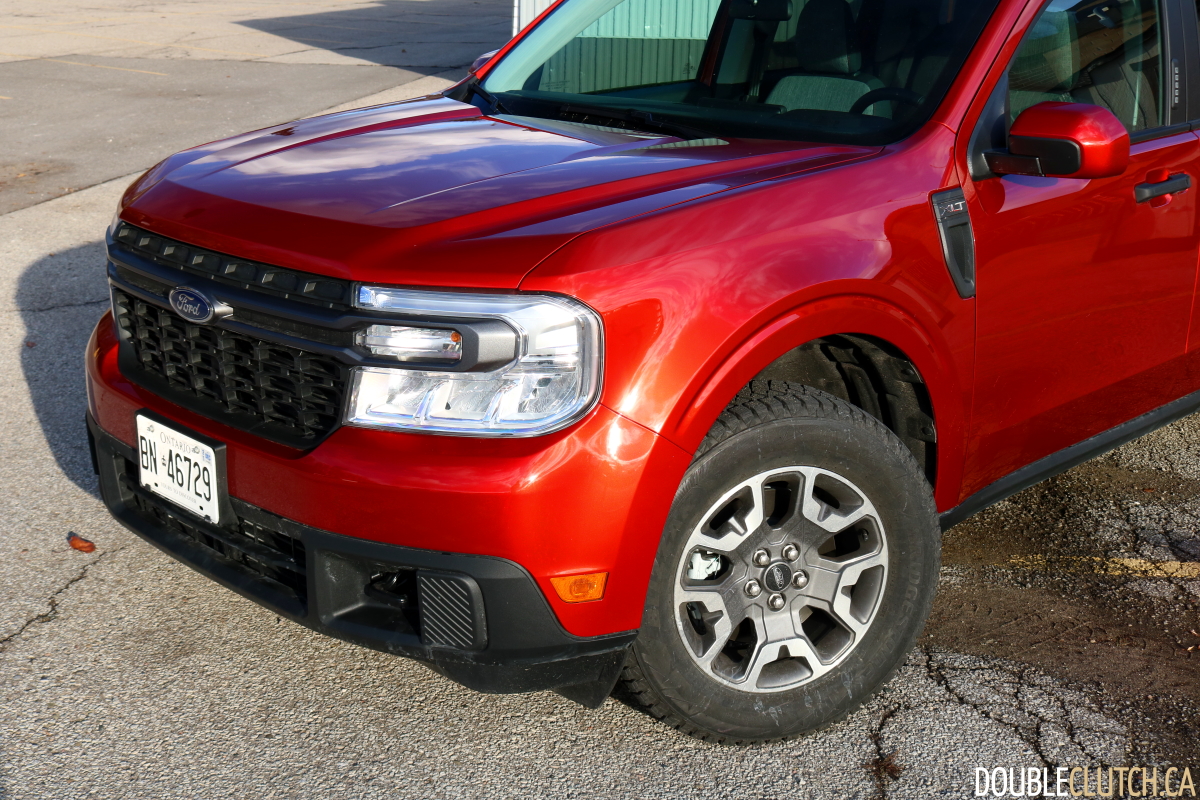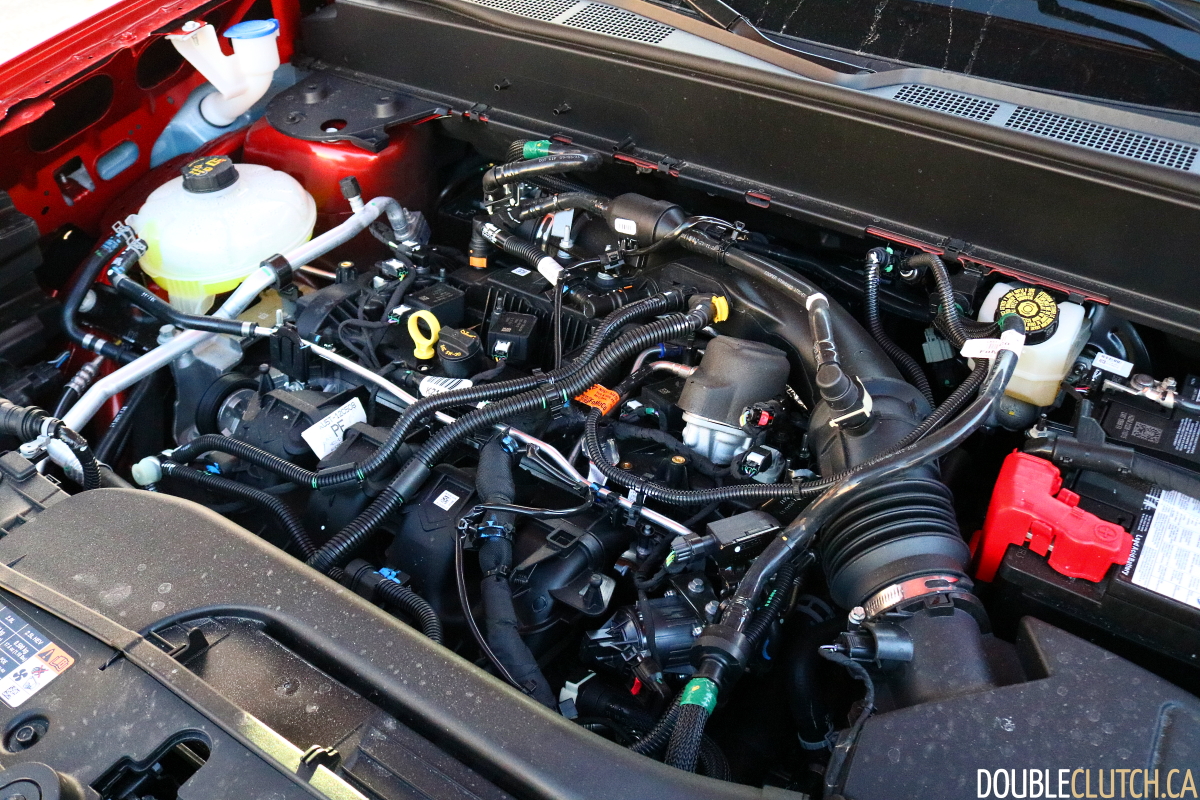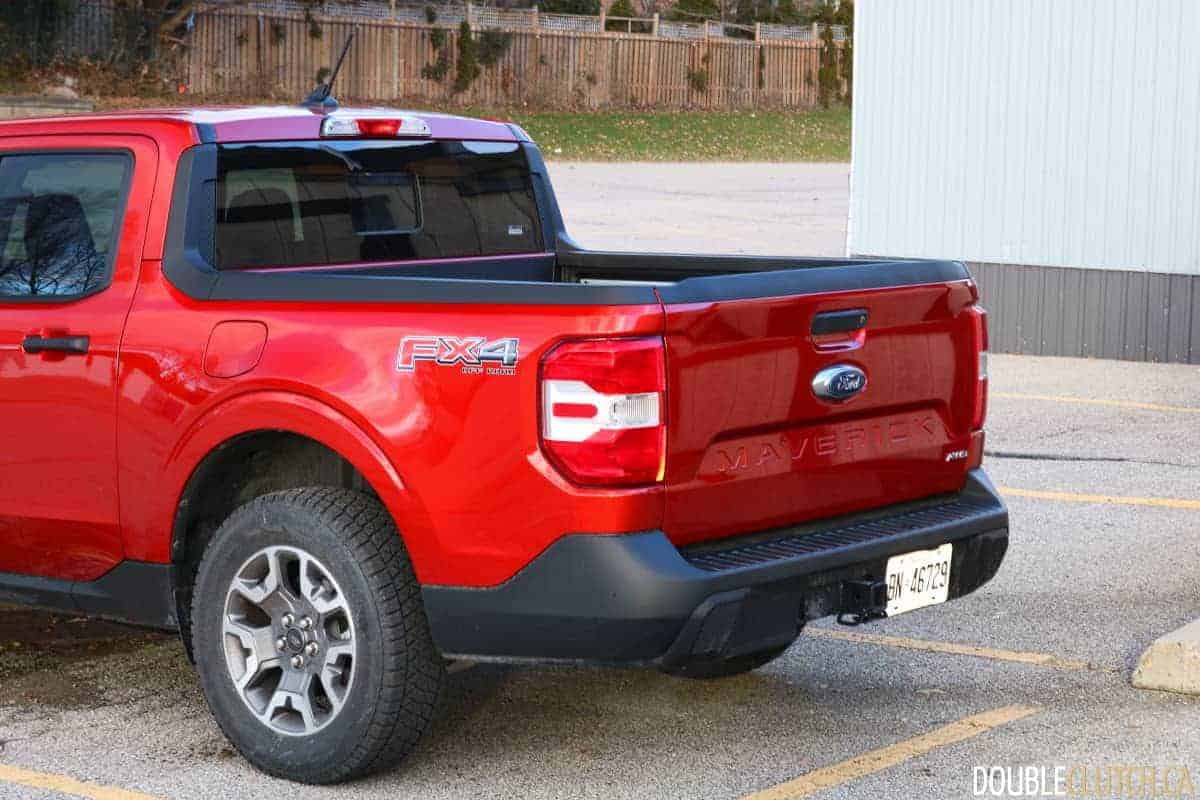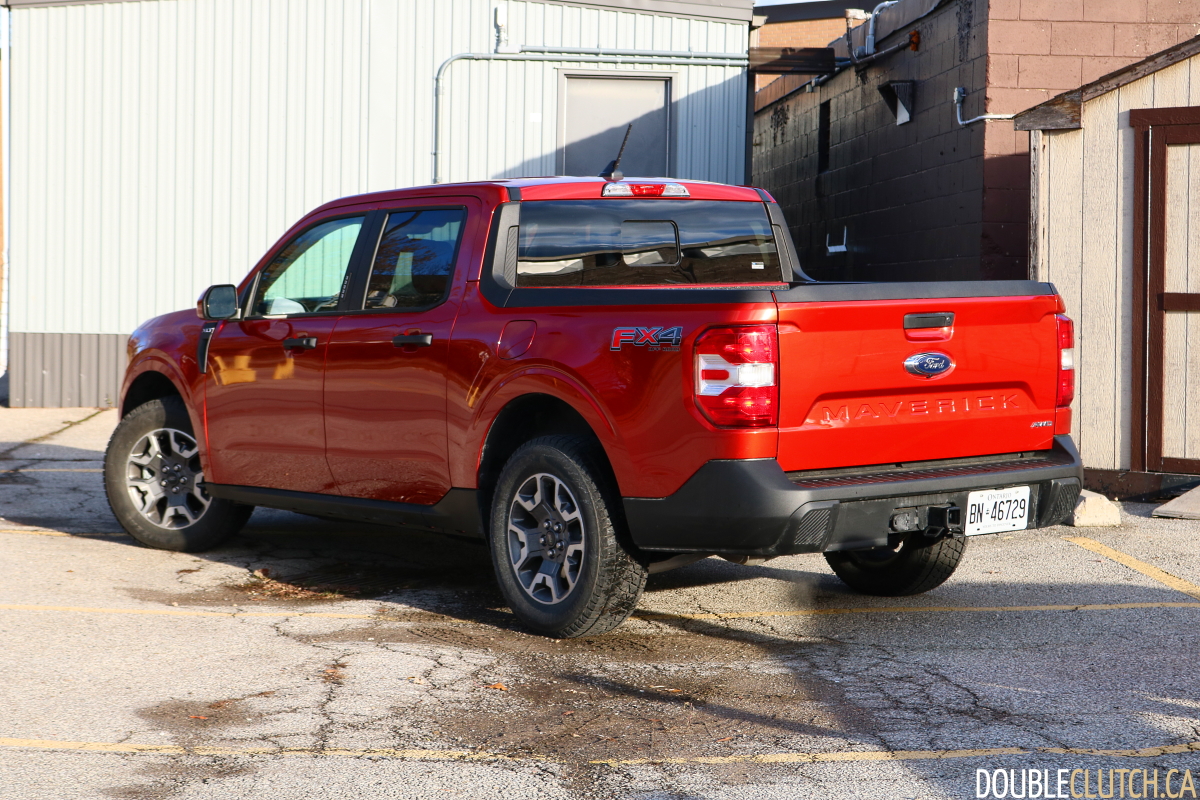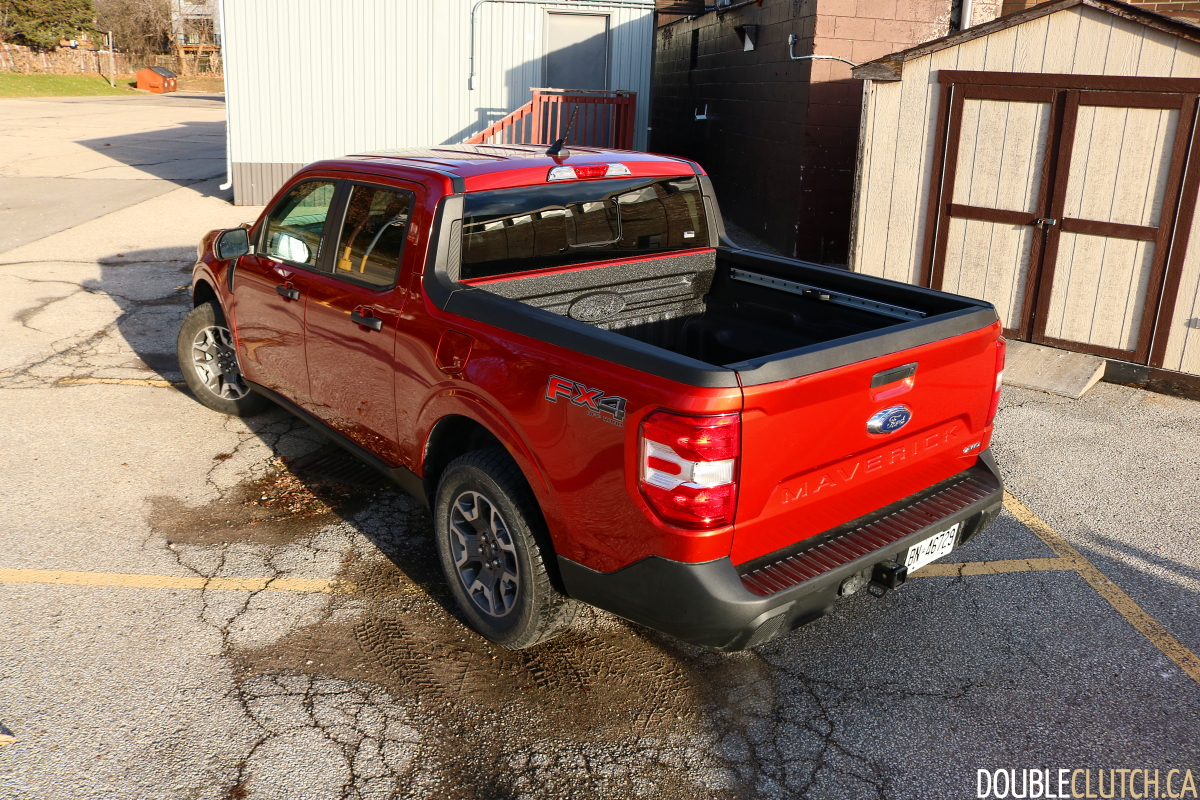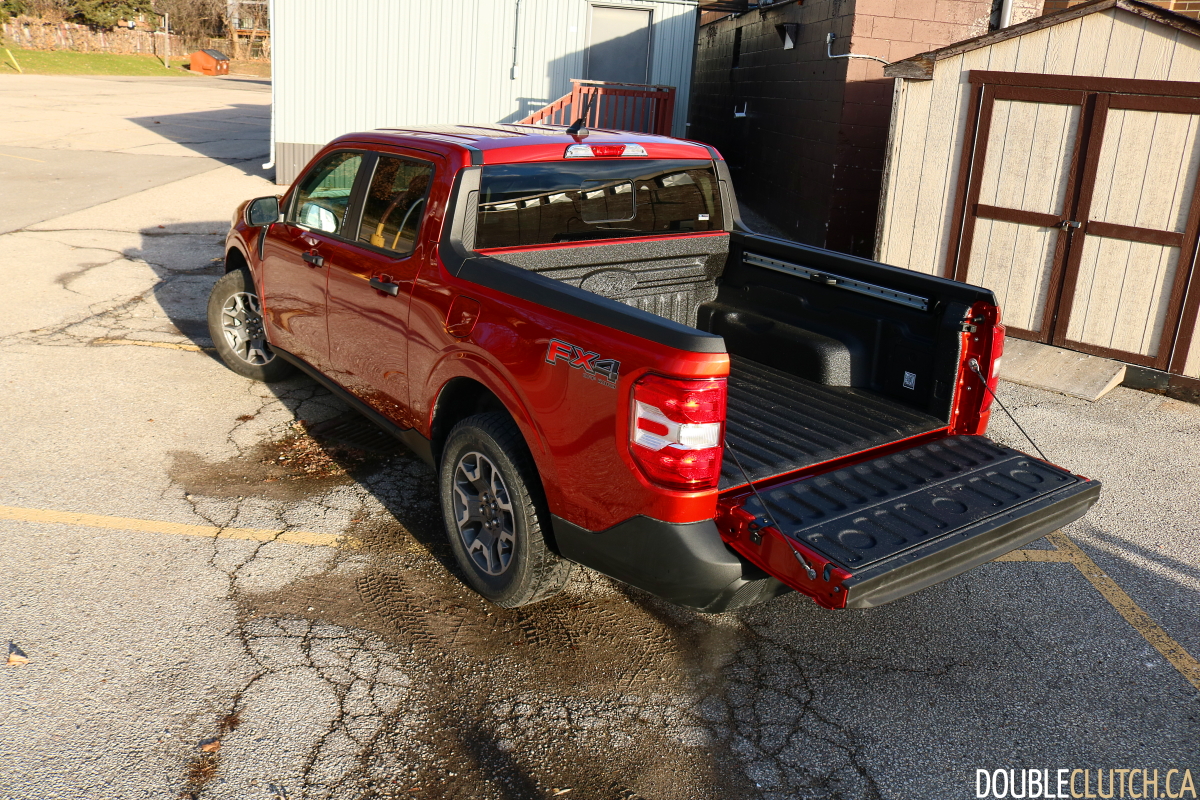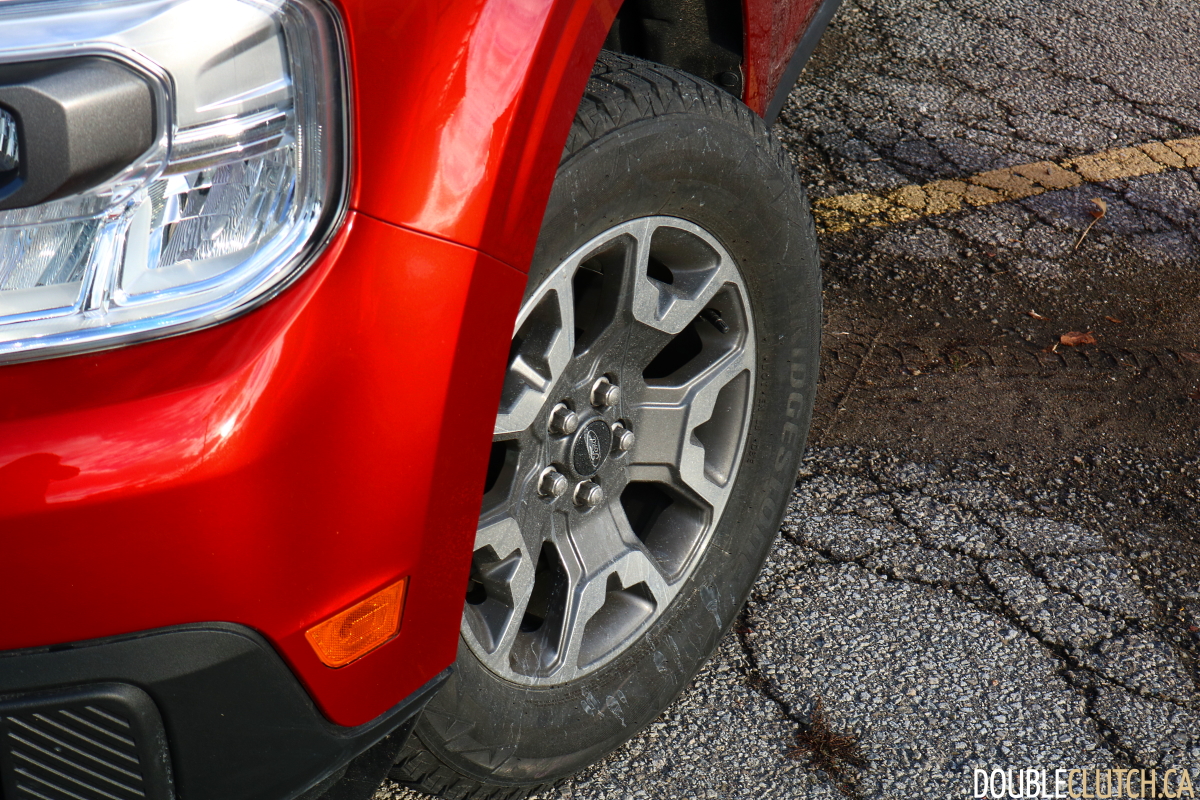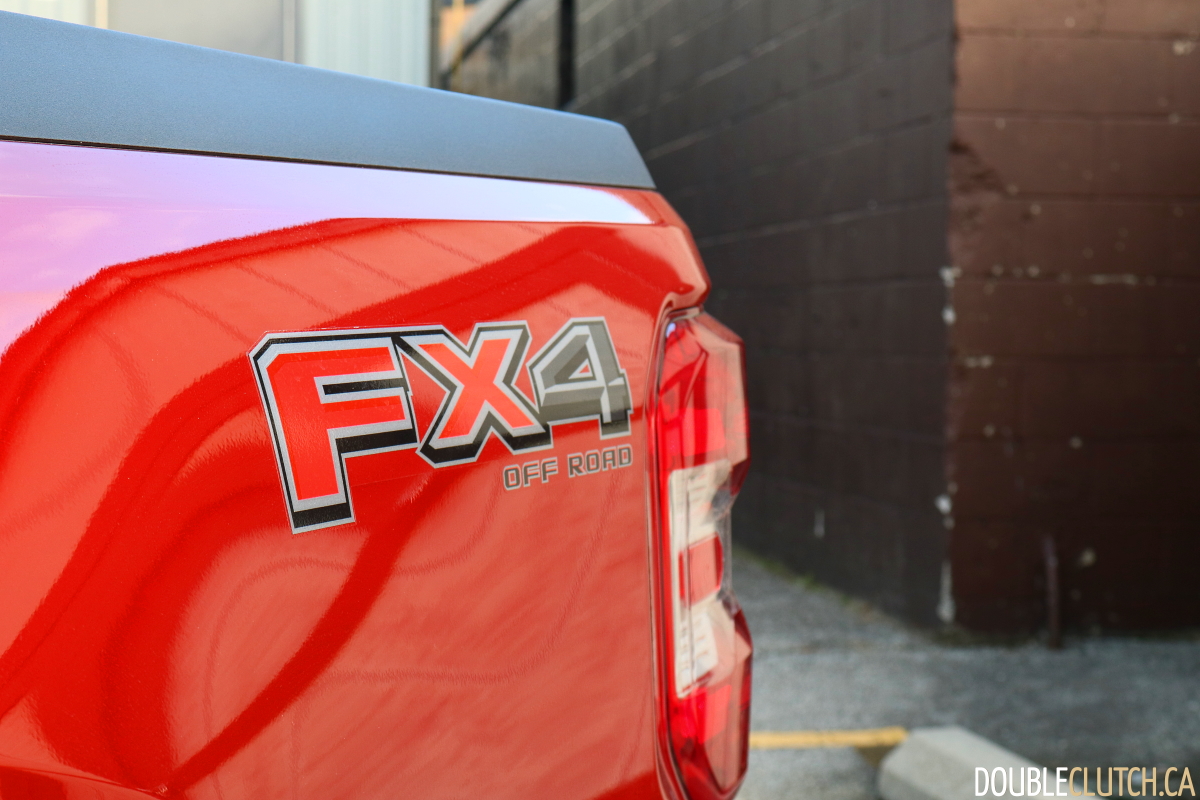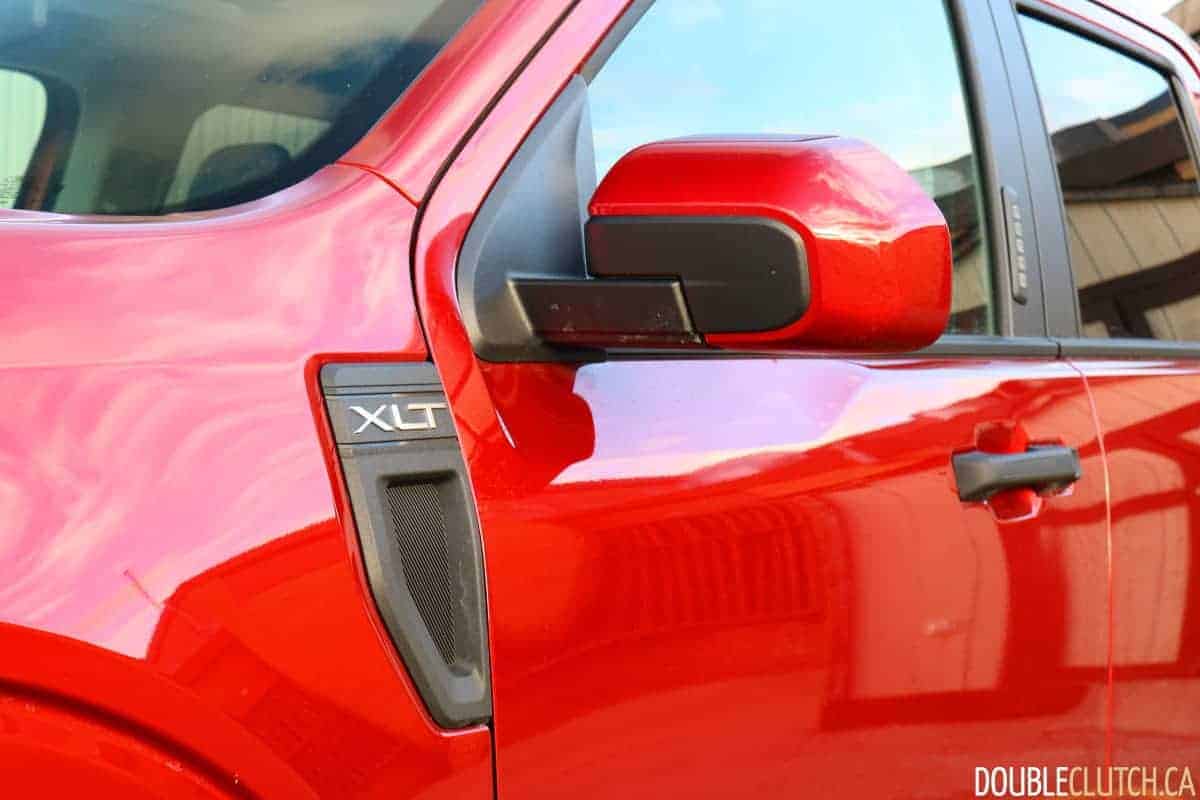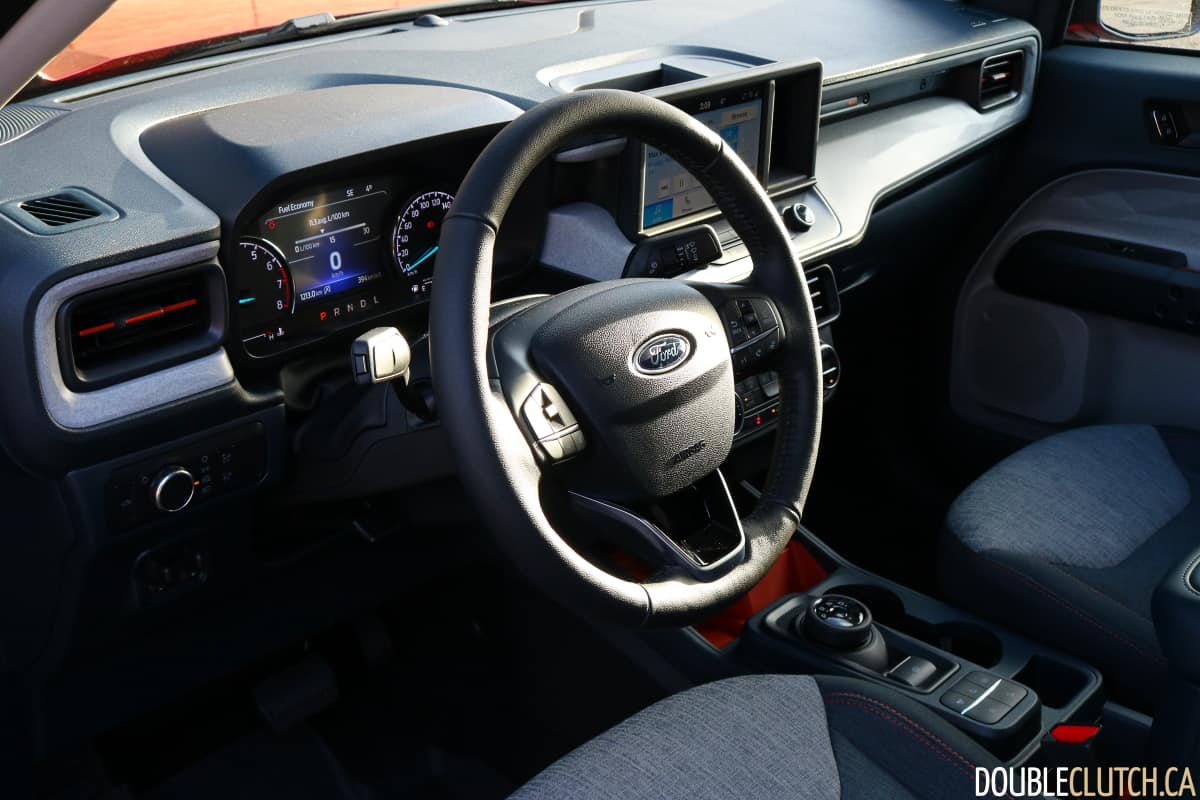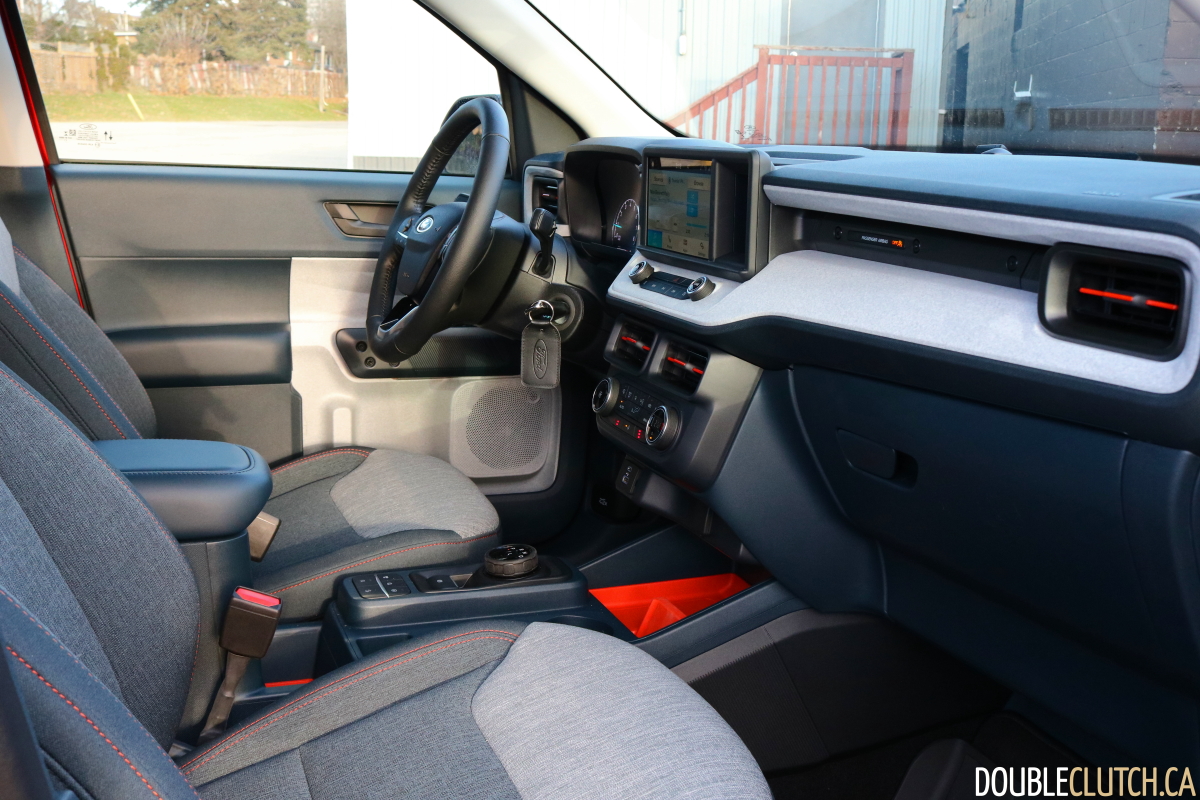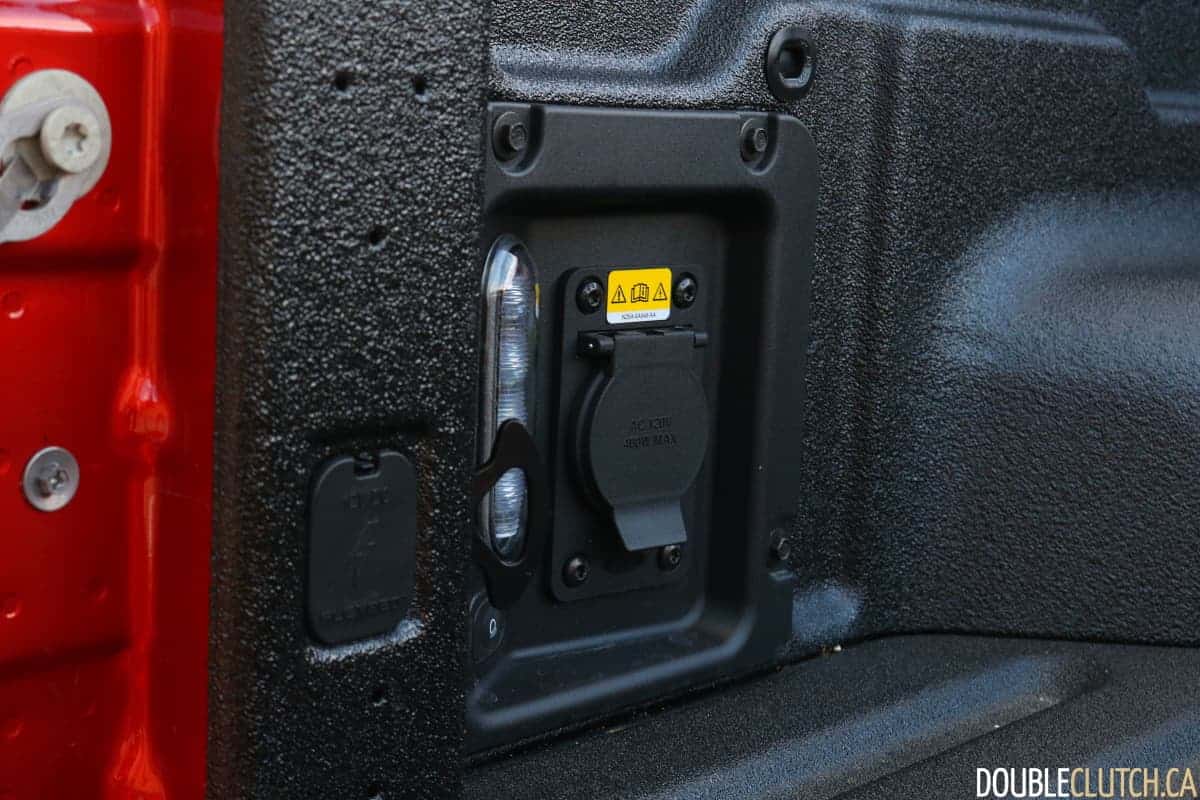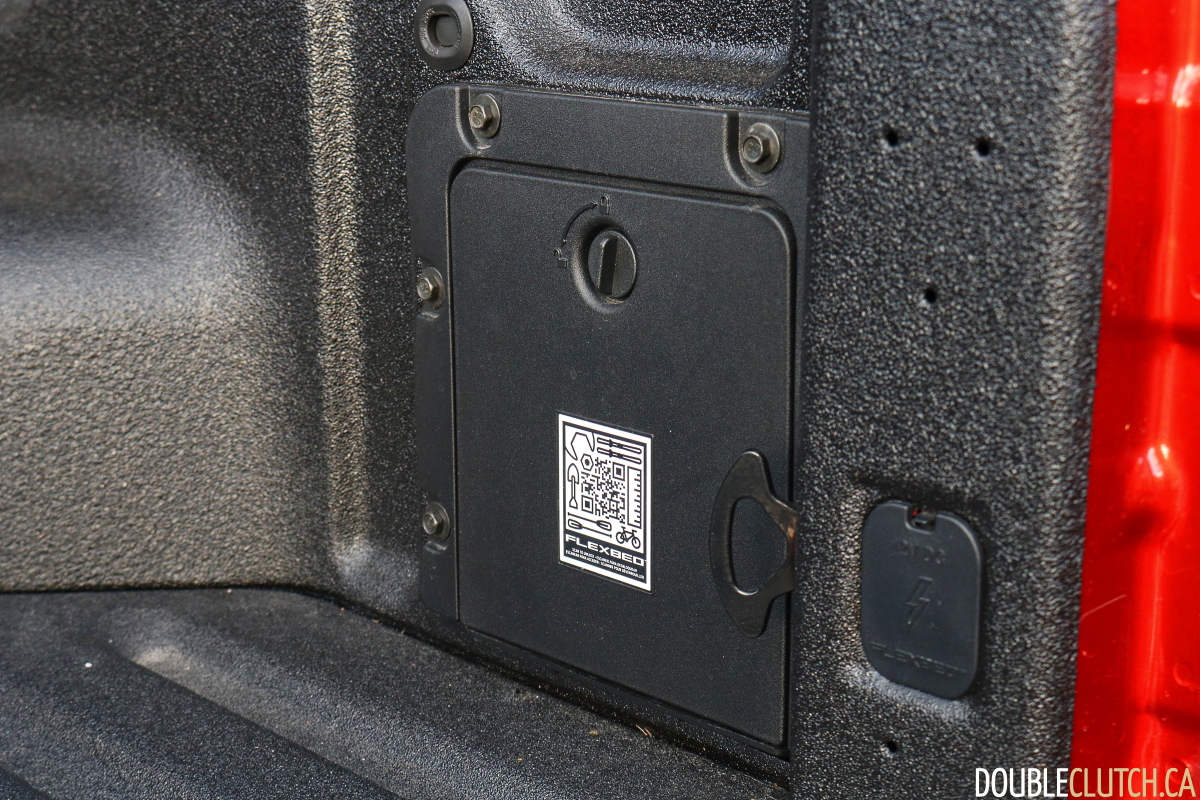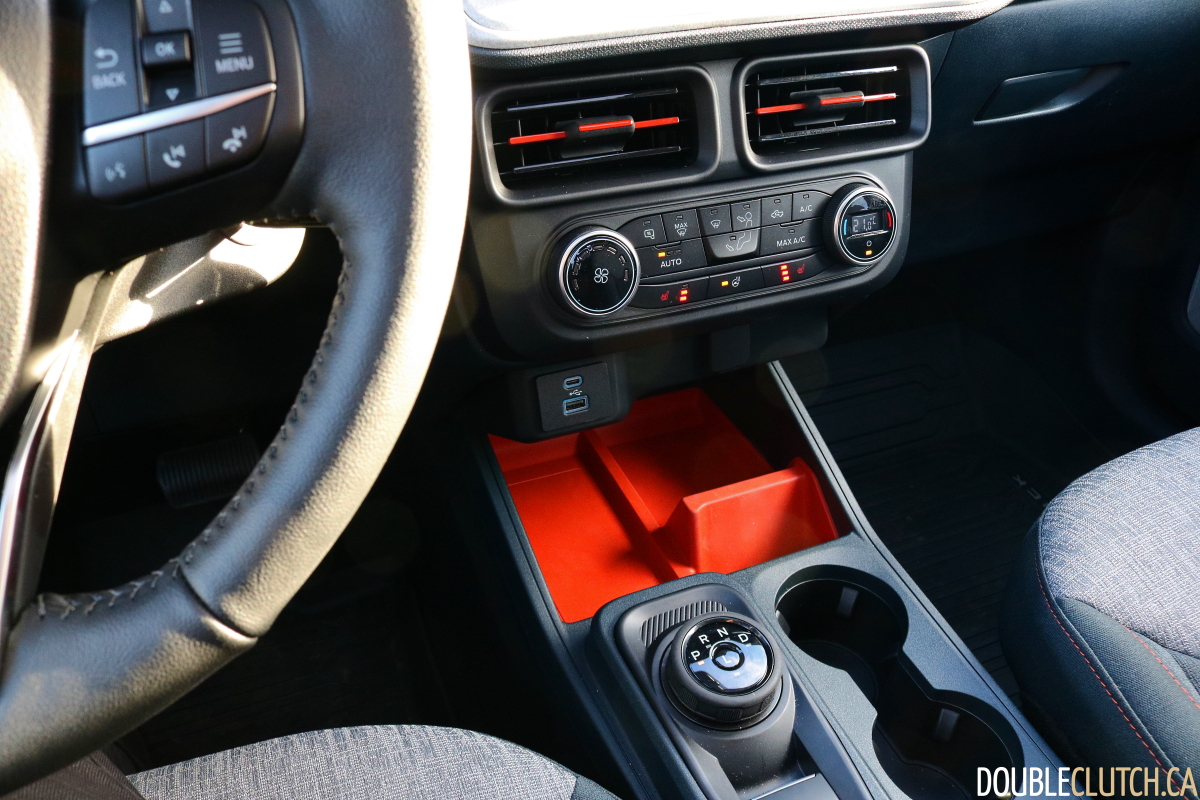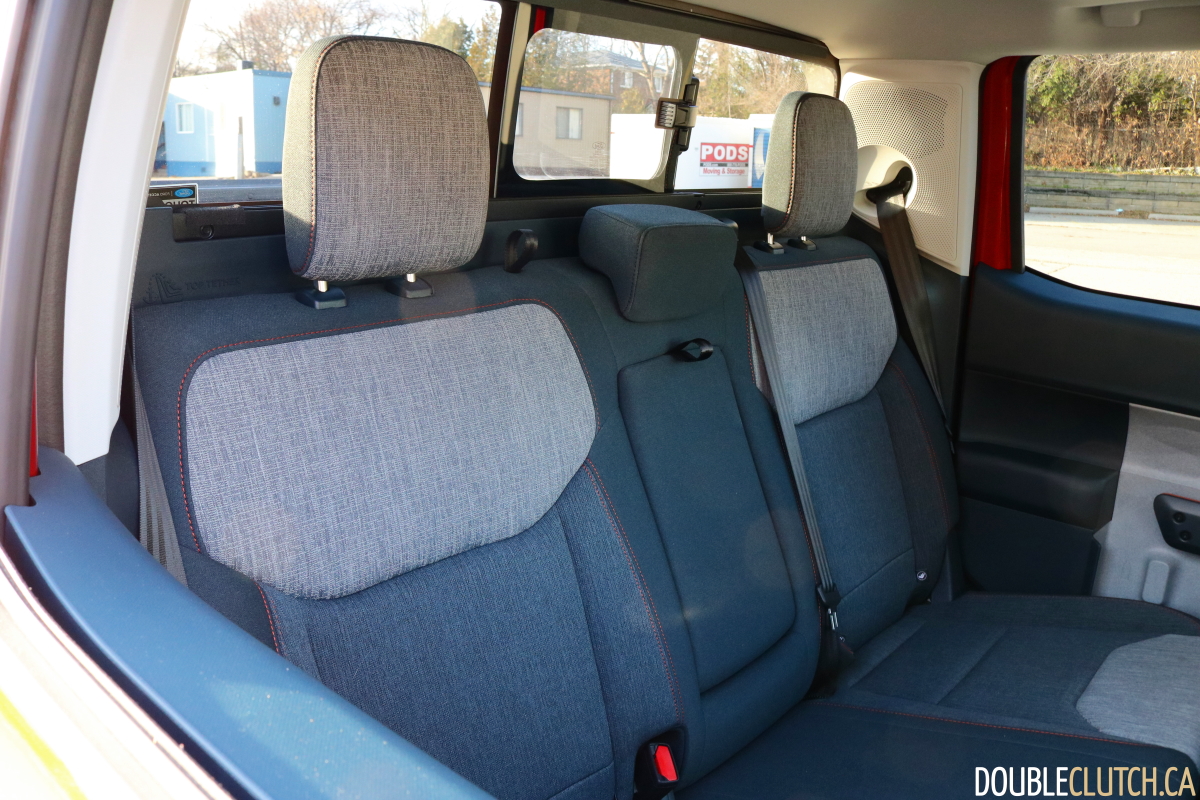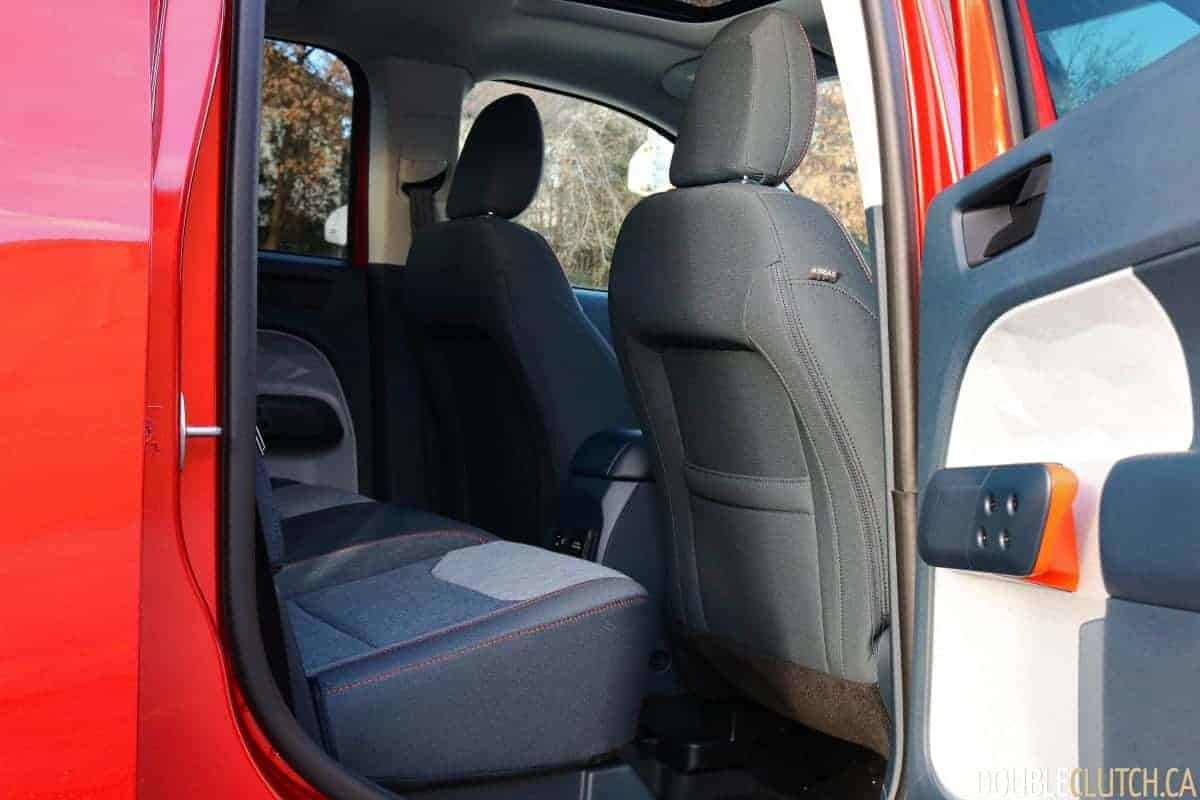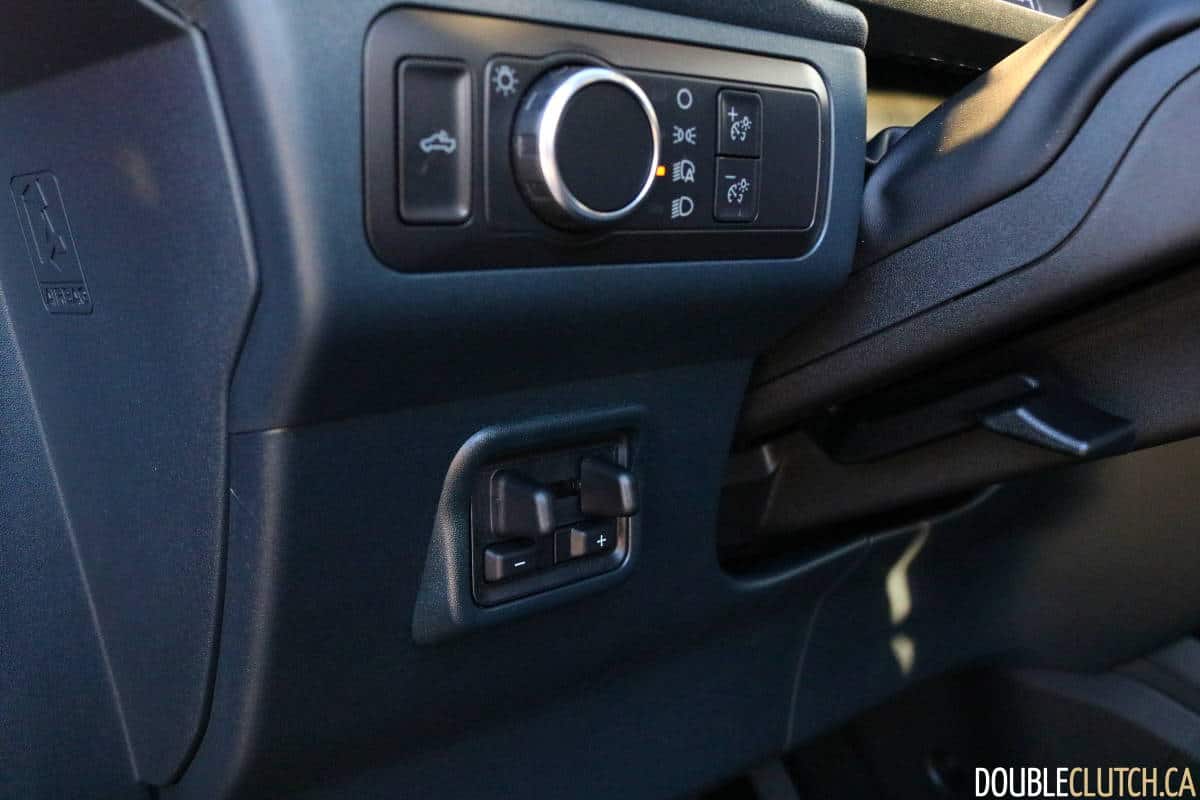Would you believe me if I told you that if you bought a 2011 Ford Ranger when they were on clear-out, it would still be worth roughly the same today? It sounds improbable but it’s entirely true. Everyone who bought one knew what they had and knew something similar would likely never come along again. Or would it? Ten years later, Ford pulled the wraps off something very similar in concept. An affordable, practical, truly compact pickup truck that they promise can do actual pickup truck work. Its name? The 2022 Ford Maverick XLT 4WD.
Alright, there are a few fundamental differences between the new Maverick and the old Ranger. For starters, Ford never sold the old Ranger in Canada with a crew cab whereas the Maverick is a crew cab-only proposition. Nobody buys regular cab pickup trucks anymore and the United Nations banned the use of Ranger-style sideways jump seats as they’re now considered cruel and unusual punishment. Four full doors are what people want and four full doors are they get. However, this crew cab arrangement bites roughly a foot out of bed length.
To solve this, Ford’s engineers have come up with something they call the FlexBed. A series of slots in the truck bed for two-by-four and two-by-six lumber let Maverick owners create everything from bike racks to double-decker storage using cheap materials and their own creativity. What’s more, the tailgate straps have two positions. Put the upper eyelets of the straps on the upper anchors and the tailgate’s edge sits level with the wheel wells, letting owners load up to 500 pounds of building sheet flat. Tie it down using the standard bed floor d-hooks or available u-rail sliding anchors and you’re set.
Want to power stuff up? No problem, a three-pin grounded plug socket is on offer while unused pigtail harnesses allow owners to draw their soldering guns and aim to hook up whatever they can dream of without starting any fires from fuseless hackery.
The biggest tell-tale difference is a lack of a seam between the cab and the bed. That’s because the Maverick is unibody, based on the same underpinnings as the Escape. This may worry some truck diehards at first but fret not. Ford claim they’ve tested the Maverick to proper truck standards and beefed up components where necessary in order to do proper truck work. The all-wheel-drive model can be equipped to tow 4,000 pounds, a figure likely to inspire countless U-Haul bookings.
In terms of overall appearance though, the Maverick preserves the old Ranger’s friendly, non-threatening styling while adding a few neat twists. While half-ton trucks have devolved into rolling proclamations of bedroom inadequacy and reactionary ideology, the Maverick presents with utilitarian modesty and a squared-off silhouette. Its grille doesn’t occupy more square footage than a downtown studio apartment and is instead sized for appropriate airflow needs.
As a result, Ford’s signature c-clamp headlamps have been enlarged to imbue this truck with a bright-eyed face. Along the side, a subtle swoosh in the beltline conjures up the F-150’s now-signature greenhouse while slim unpainted plastic sills provide a degree of rock protection. Even the wheel arches are modest and round and reasonably flush. Tailgate-stamping fans will enjoy the Maverick name embossed in the power locking tailgate while aficionados of asymmetry will enjoy the offset rear license plate, a necessity due to the tow hitch location.
That utilitarian ethos carries over into the Maverick’s interior. It features hard, durable plastics done right with grain and colour that elevate them beyond any pretense of cheapness. My XLT test truck came with some fabulous pops of orange on the air vents, in the seat piping and molded into removable, easy-clean trays for interior storage areas. It’s a spirited way to break up monotony without sinking into gaudy piano black cliche.
Speaking of storage areas, Ford have been quite clever in carving out space for active lifestyle accessories. While I have absolutely no idea what would go in the tiny cubby next to the standard eight-inch infotainment screen, the tray atop the dashboard fits change nicely and the door bins are carved out to fit those enormous water bottles popular with rock climbers. Skip out on the hybrid powertrain and the rear under-seat storage becomes truly massive too. I could easily stow two backpacks under the rear seat of my AWD test truck, an impressive feat of packaging. Headroom and legroom are excellent in both rows.
Aside from the infotainment screen, equipment is best described as basic. While automatic climate control is standard on all Mavericks, heated seats aren’t available on the base trim and are bundled in a $3,150 option package on the XLT trim. For that sort of money, you better get some extremely heated seats. Sure enough, the Maverick delivers with three settings: toasty, roasty and “I think I hear something boiling.” The available heated steering wheel gets properly warm too, signaling the Maverick’s readiness for Canadian winters.
Figure you don’t need heated seats and are willing to save money with the base model? Go right ahead, assuming you’re willing to forgo cruise control. Yes, cruise control. Not adaptive cruise control but regular old set-and-forget cruise control. What the heck, Ford? Thankfully, the standard six-speaker stereo is decidedly not terrible for the money and a sunroof is still optional on the base XL trim for thrifty sun-seekers.
Part of the Maverick’s appeal is the standard hybrid powertrain. The utility of a ute, the fuel economy of a compact sedan, what could possibly go wrong? Well, you could buy one with a hybrid powertrain, but you won’t be able to for a while. It’s sold out like a Supreme drop, order books won’t re-open until mid-2022. Hey, if the only thing going wrong is underestimating demand, that’s a good sign. Instead, my test truck came with the familiar 2.0-litre turbocharged four-cylinder engine paired to an eight-speed automatic gearbox and all-wheel-drive. Paired with the shorter final drive ratio of the FX4 off-road package, it’s a gutsy, torquey lump with refinement that’s belied by its shaken-marbles cold idle.
City acceleration is quite brisk but the headway tapers off towards highway speeds, likely due to a one-two punch of upright aerodynamics and a power curve that falls off at the top end. A mild disappointment is that the Bronco Sport’s optional torque-vectoring rear differential is unavailable on the Maverick. While a future off-road focused trim for those who like to really party would be neat, even neater would be a hi-po street truck. Bung in the 2.3-litre turbo, six-speed and vectoring rear diff from the old Focus RS, drop it low enough to be SCCA-legal and fit sticky 200-treadwear rubber.
Of course, the urban advantages of the Maverick become obvious as soon as you enter a crowded parking lot. This thing is easier to wield than a kitchen knife and practically made for slicing and dicing through tight scenarios. It’s so good at it, it’ll have the Slap Chop guy quaking in his boots. The Maverick’s turning circle belies its length and front-drive-based architecture while phenomenal visibility ensures it’s easy to place. Out on the road, the long wheelbase does a great job of soaking up potholes and frost heaves, yet it’s not quite as refined as the Hyundai Santa Cruz. Road noise is nicely hushed though, even on noisy winter tires.
A previous hallmark of compact trucks has been affordability and Ford are sticking to tradition with the Maverick. From the $25,900 base XL trim to my mid-range XLT tester optioned up to the high 30s to a fully-loaded Lariat in the 40s, there’s a Maverick for everyone. A young urban couple who likes to go camping might go for the XL AWD.
A suburban family who’s really into DIY projects would love a Lariat with all the trimmings. My mum, who’s been wanting a small truck with four doors for a long time, might go for the XLT Hybrid when order banks open back up. While the Hyundai Santa Cruz is quicker and more refined, it starts at $38,499. That’s a big price delta that some consumers just won’t be willing to pay.
With its approachable design, flexible powertrain options, great entry price and wide array of options, the 2022 Ford Maverick XLT 4WD is the all-things-to-all-people hit that Ford needed. The next phase in automotive excitement isn’t speed. It’s hackable, utilitarian, electrified minimalism. A true compact workhorse that’s down for pretty much everything life throws at it. After all, fun isn’t just what you get out of a vehicle, it’s what you put into it.



